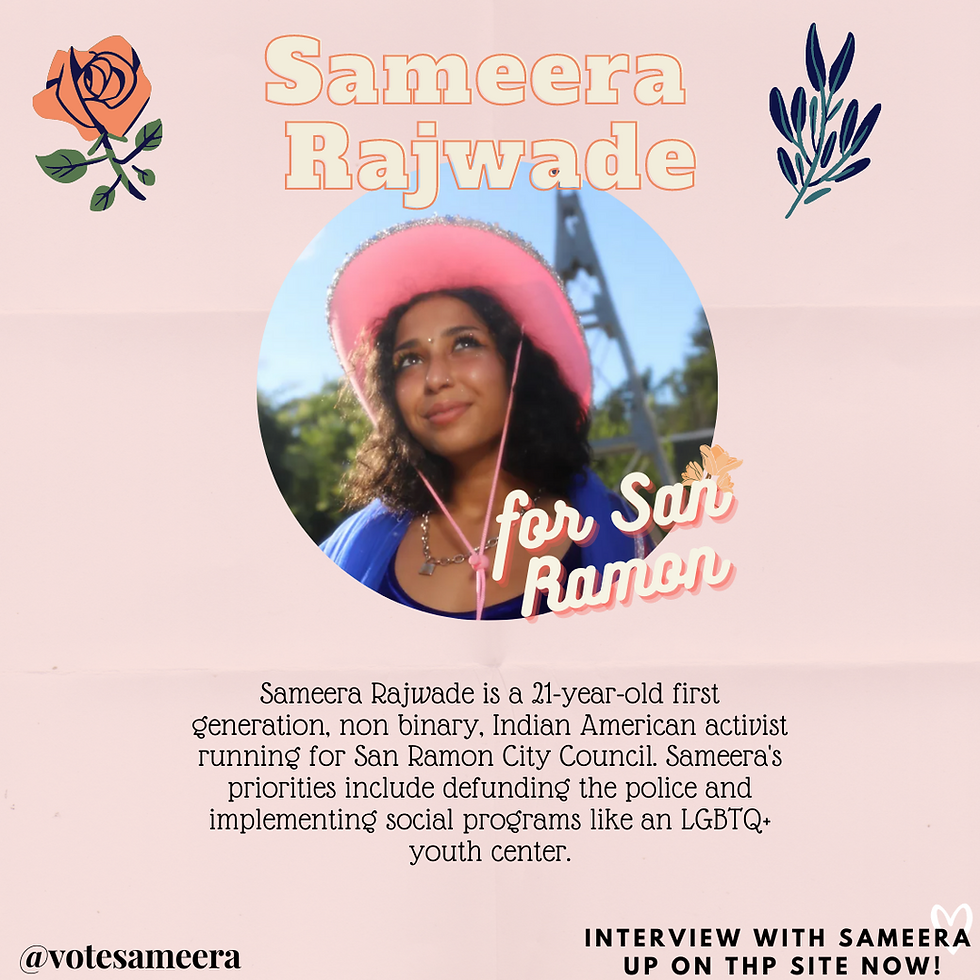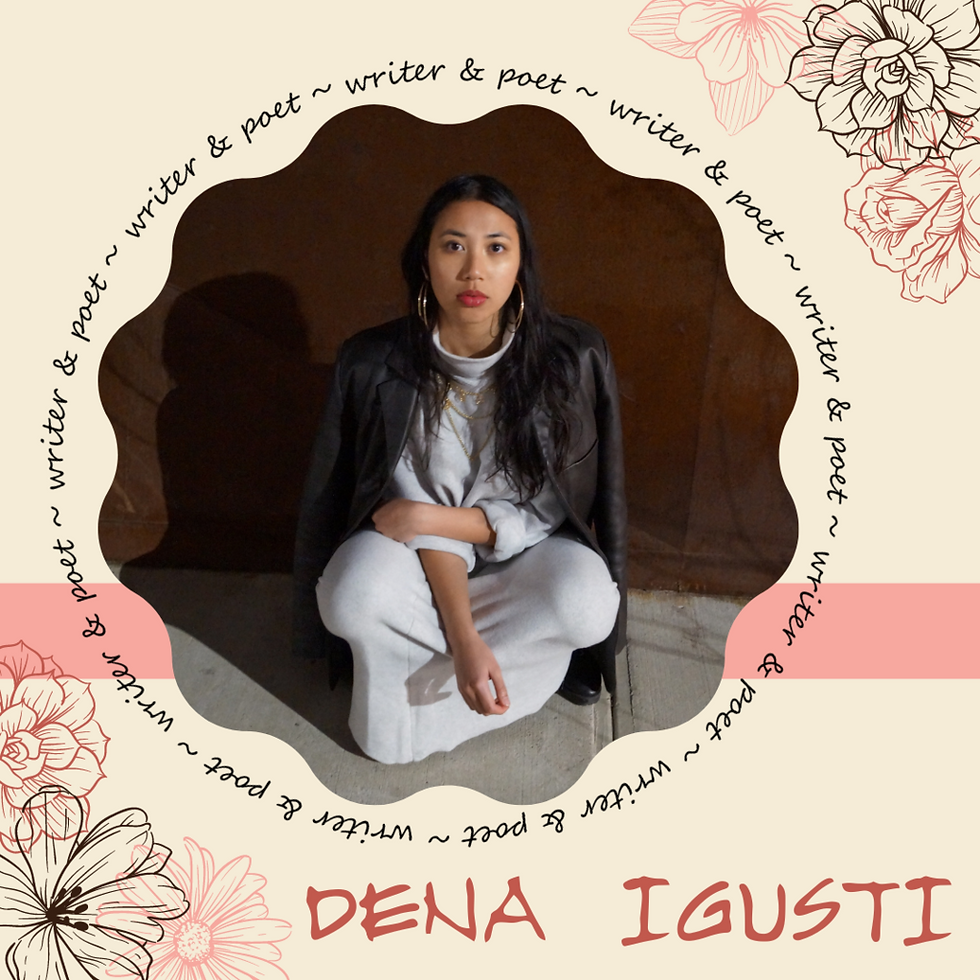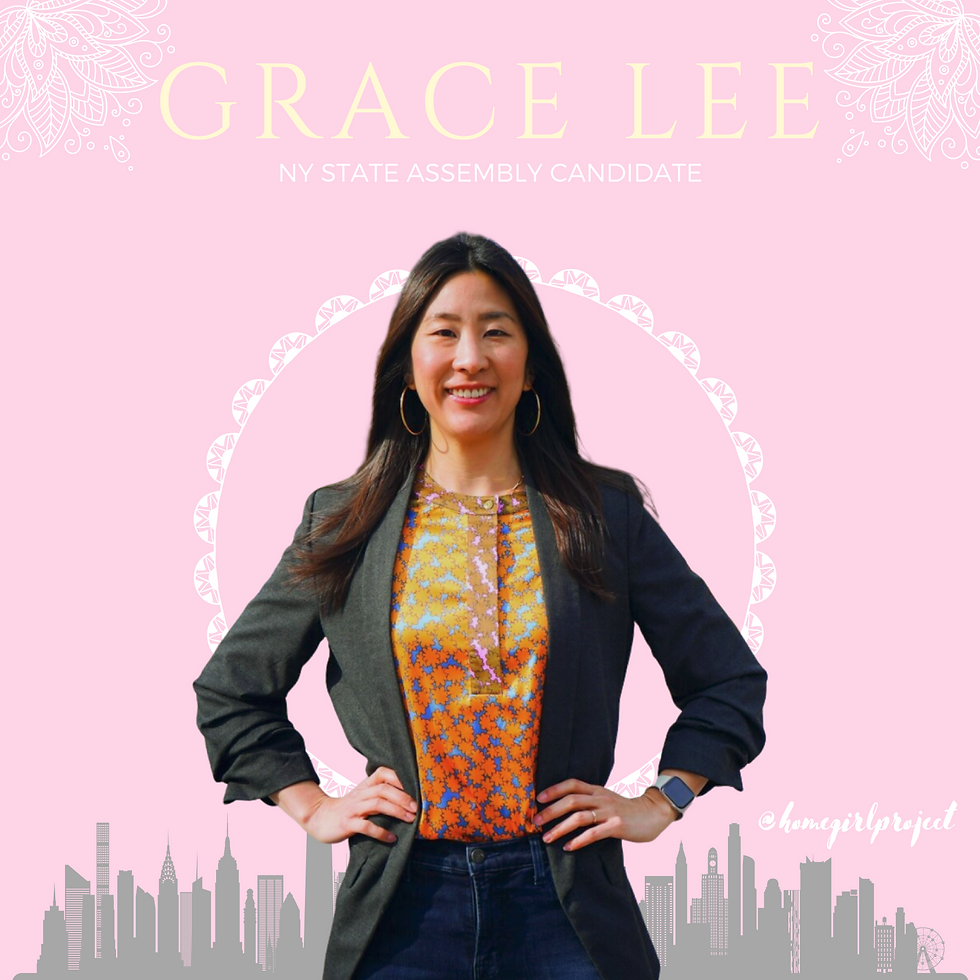Iconic Femmes of Color in LGBTQ History - Happy Pride!
- The Homegirl Project

- Jun 30, 2020
- 4 min read
Article by Nandiinii Gupta
Edited by Gayatri Ghosh
Graphic by Lu Lu

“To deny people their human rights is to challenge their very humanity.”
~ Nelson Mandela
Ever since the declaration of June as Pride Month, several people in the
LGBTQ+ community have come out and celebrated their identities in order to
provide a safe space for others and honor those who have worked to fight for
the rights of the community. In June 1969, when Marsha P. Johnson, Sylvia
Rivera and Stormé DeLarverie, whose scuffle with the police was said to have
been the spark that ignited the fire of the Stonewall Riots against police
brutality, came together and fought for the recognition of the community, it was
a defining moment in LGBTQ+ history because, from that point onwards, there
was a very visible and radical change that began to take place.
While the efforts of the LGBTQ+ community and its allies, especially those
belonging to the POC community, should not be forgotten, it must be said that
the voices that worked silently are, often, the ones that are overshadowed in
today’s day and age. In fact, those belonging to minority communities were
often overshadowed by their privileged counterparts in terms of their
contribution to the advancement of the community. However, in times when
skin color was misconstrued as a sign of inferiority, there were still people who
defied these misguided societal norms and left their mark as changemakers.
As Pride Month draws to a close, it is important to bring back and uplift the
legacy of a few such iconic people of color that have made the world a better
place for the LGBTQ+ community, be it in terms of acceptance of gender
identity or the passionate expression of love in all its forms.
Here are few iconic LGBTQ+ females of color whose efforts have inspired and
enhanced the legacy of the community.
Audre Lorde:
“Caring for myself is not self-indulgence. It is self-preservation and that is an
act of political warfare.”
Audre Lorde was an American writer, who referred to herself as “black, lesbian,
mother, warrior, and poet.” Audre dedicated her life to addressing and
dismantling notions based around racism, sexism, homophobia, and classism.
A true revolutionary at heart, Audre began writing at the age of 12 and
described poetry as a means of communication. Her poems, especially in the
later years of her life, were full of ideas regarding strength, upliftment, and
motivation. Audre had poignant ideas about subjugation and oppression as seen
in her book, “The Master’s Tools Will Never Dismantle the Master’s House.”
Lorde was also interested in feminism, expressing that, in her opinion, the key
tenet of feminism was that all forms of oppression were interrelated, and
creating change required taking a public stand. Besides her interests in activism,
she was sapphic and her poetry was refreshingly abundant in eroticism,
sexuality, and sapphism.
After she divorced her husband, Edwin Rollins, with whom she had given birth
to two children, she engaged in a relationship with Frances Clayton, who was a
white, lesbian professor. Unfortunately, Lorde died of breast cancer at the age
of 58 on 17 November 1992, in St. Croix, where she had been living with Gloria
I. Joseph.
Nancy Cárdenas:
Nancy Cárdenas was a jack of many trades. Cárdenas was highly accomplished
and had earned a doctorate in Philosophy and Letters at the National
Autonomous University of Mexico, after which, she studied theater at Yale
University. In the 1960s, she switched to writing, having previously worked as
an actress.
She was most notably known as a playwright and, interestingly, was one of the
first amongst the Mexican community to publicly declare her homosexuality. In
fact, Nancy revealed her sexuality on TV, during an interview about the firing
of a gay employee.
During the 1970s, she also pioneered the gay liberation movement in Mexico
and helped the movement gain momentum by elaborating on the subject
through interviews. She is also famous for founding the first gay organization in
Mexico—the Mexican Homosexual Liberation Front.
As a feminist and sexology specialist, Nancy held multiple conferences,
seminars, and television interviews on the subject and wrote Manifesto in
Defence of Homosexuals in Mexico along with Carlos Monsiváis.
Her legacy lives on in the form of a center for gay and lesbian activities, which
was, aptly, named—the Nancy Cárdenas Latin American and Mexican Lesbian
Documentation and Historical Archives Center (CDAHL).
Frida Kahlo:
“Feet, what do I need you for when I have wings to fly?”
Frida Kahlo was a Mexican painter known worldwide for her self-portraits and
artwork inspired by Mexican nature and cultural artifacts. Inspired by Mexican
culture, Kahlo employed a folk art style to explore questions of identity, post-
colonialism, gender, class, and race in Mexican society.
Kahlo was openly bisexual and used her medium to express outrightly ‘taboo’
topics, like female sexuality, pain, and societal feminine beauty standards,
primarily through self-portraits. For example, Kahlo’s self-portraits often
depicted her with an exaggerated unibrow, which was her way of expressing
dissent against existing beauty standards and the pressure women faced to fit
into those to gain acceptance.
Mexican painter, Diego Rivera became her patron and the two eventually
married. During their marriage, Kahlo was known to have affairs with men and
women, including Josephine Baker and Leon Trotsky.
Her modern attitudes towards sexuality and her ability to openly explore them
within her life and work have solidified her status as an icon among the LGBTQ
community. Outside of her work, her attitude towards love was refreshing—she
disregarded the limitations of gender and instead let herself be attracted to the
creative spirits of both men and women.




Comments